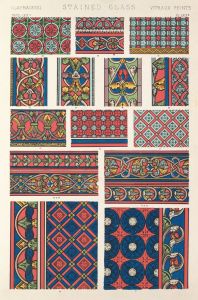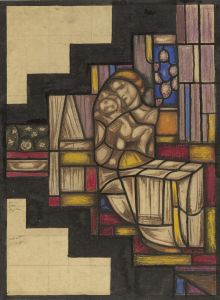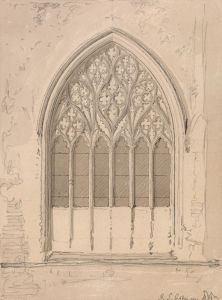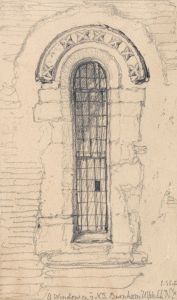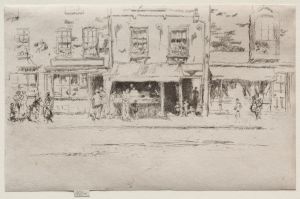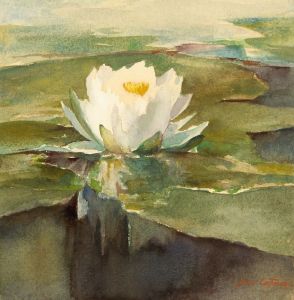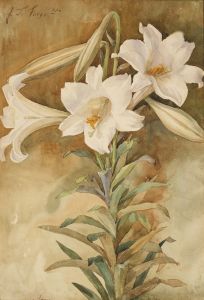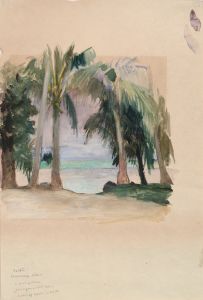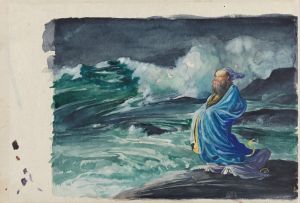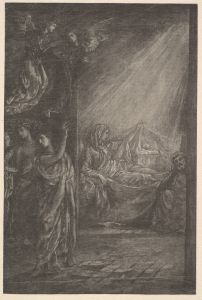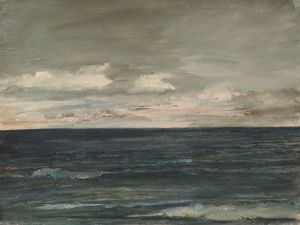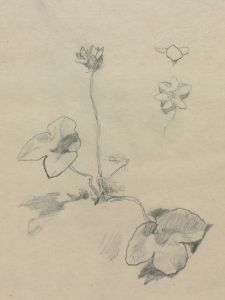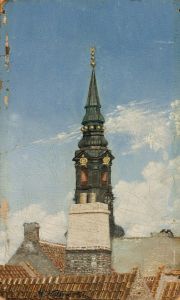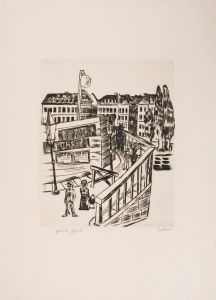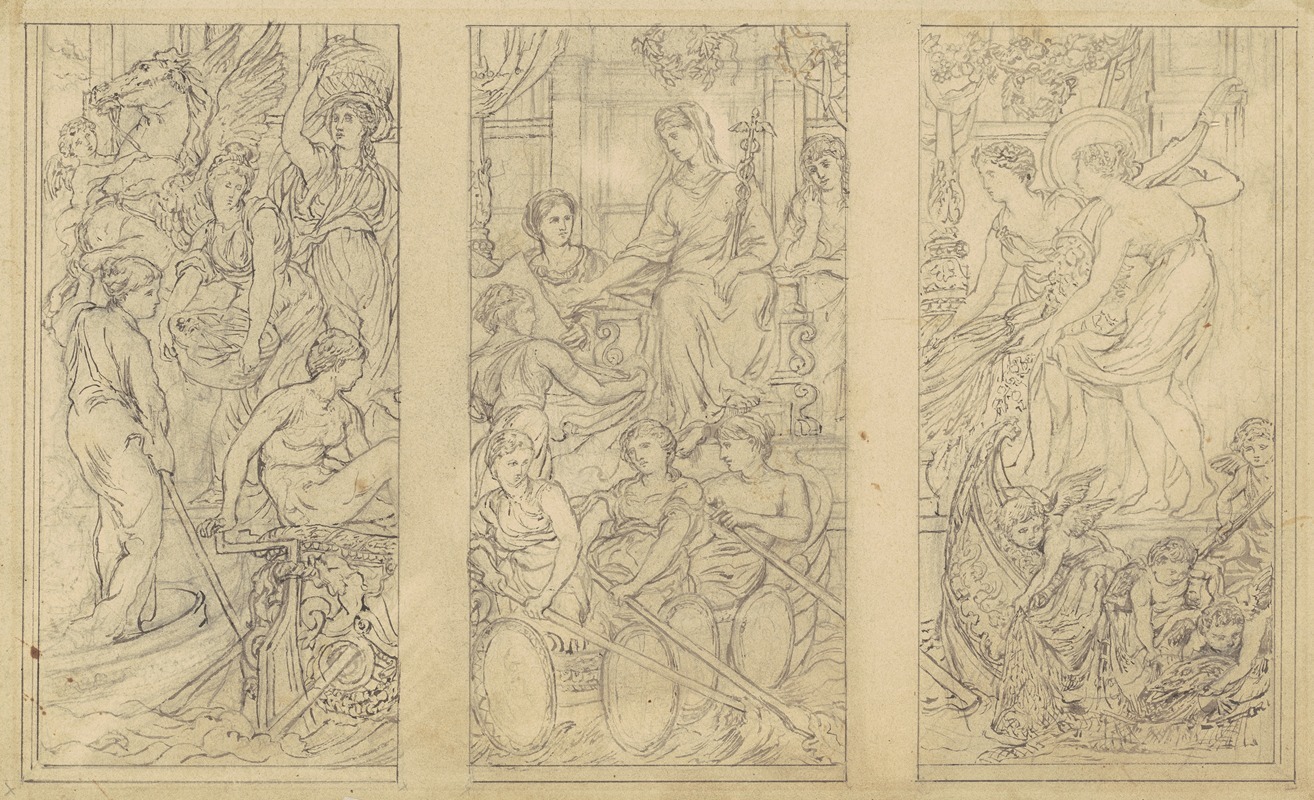
Study for ‘Commerce’
A hand-painted replica of John La Farge’s masterpiece Study for ‘Commerce’, meticulously crafted by professional artists to capture the true essence of the original. Each piece is created with museum-quality canvas and rare mineral pigments, carefully painted by experienced artists with delicate brushstrokes and rich, layered colors to perfectly recreate the texture of the original artwork. Unlike machine-printed reproductions, this hand-painted version brings the painting to life, infused with the artist’s emotions and skill in every stroke. Whether for personal collection or home decoration, it instantly elevates the artistic atmosphere of any space.
"Study for ‘Commerce’" is a work by the American artist John La Farge, who was an influential figure in the American art scene during the late 19th and early 20th centuries. La Farge was renowned for his work in stained glass, painting, and illustration, and he played a significant role in the American Aesthetic Movement. His contributions to art were marked by his innovative use of color and light, as well as his ability to blend different artistic traditions.
The "Study for ‘Commerce’" is a preparatory work, which suggests that it was created as part of the process leading to a larger or more finished piece. La Farge often engaged in such studies to explore composition, color schemes, and thematic elements before executing the final artwork. This practice was common among artists who sought to refine their ideas and techniques.
John La Farge was born on March 31, 1835, in New York City. He initially studied law but soon turned to art, studying under the tutelage of notable artists such as William Morris Hunt. La Farge traveled extensively, drawing inspiration from various cultures and artistic styles, which influenced his diverse body of work. He was particularly fascinated by Japanese art and culture, which is evident in some of his works.
La Farge's interest in stained glass led to significant innovations in the medium. He developed new techniques for layering opalescent glass, which allowed for a greater range of colors and effects. His stained glass windows can be found in numerous churches and public buildings across the United States, showcasing his mastery of the medium.
While specific details about the "Study for ‘Commerce’" are limited, it is likely that the piece was part of a larger commission or project. La Farge often worked on murals and decorative schemes for public and private spaces, where themes such as commerce, industry, and the arts were common. These themes reflected the societal changes and economic growth occurring in America during his lifetime.
John La Farge's legacy is marked by his contributions to American art and his role in advancing the use of stained glass as a significant artistic medium. He passed away on November 14, 1910, leaving behind a rich body of work that continues to be studied and appreciated for its artistic and historical significance.
In summary, "Study for ‘Commerce’" represents a facet of John La Farge's artistic exploration and his commitment to integrating art with broader cultural and societal themes. His work remains an important part of American art history, celebrated for its innovation and aesthetic beauty.





